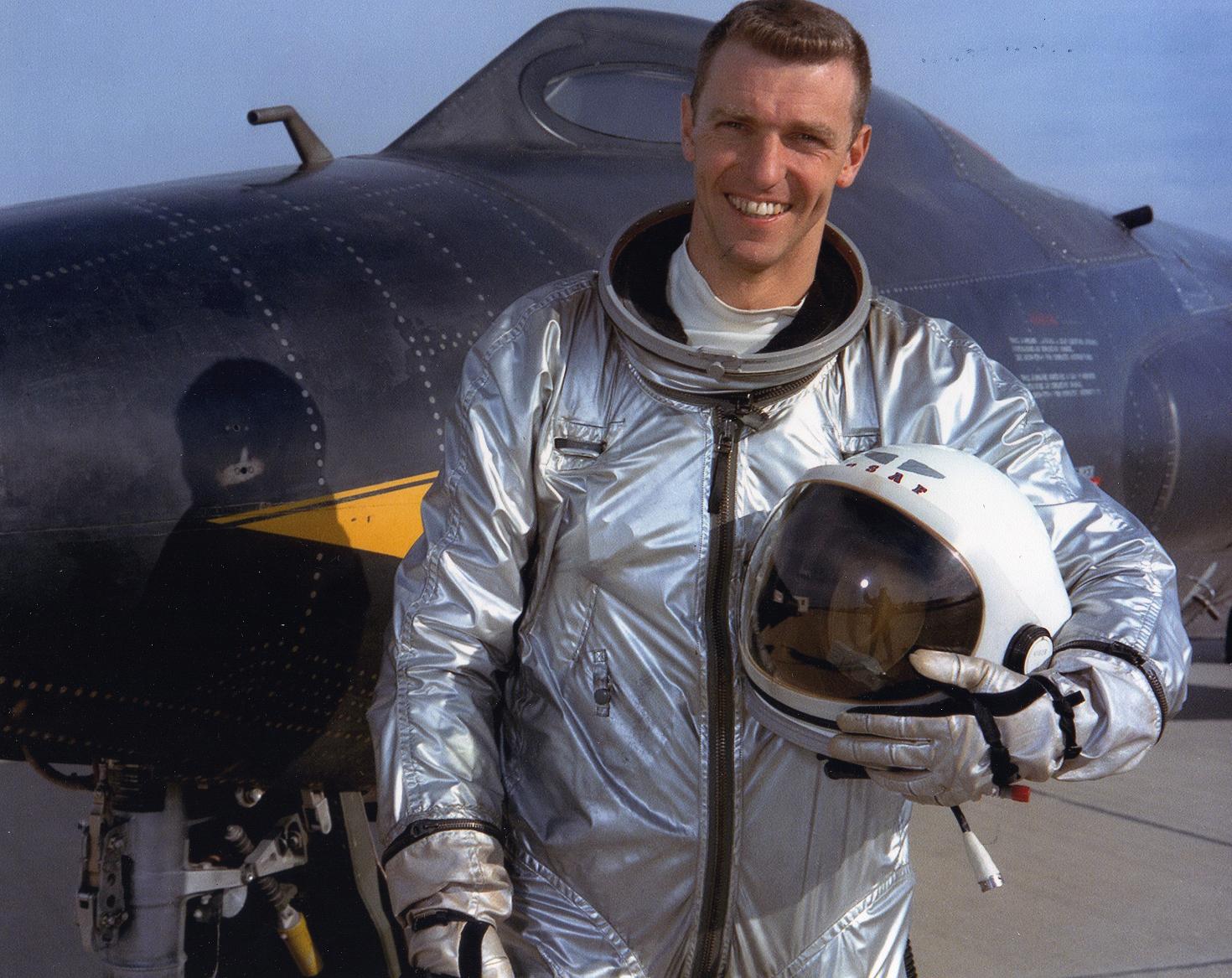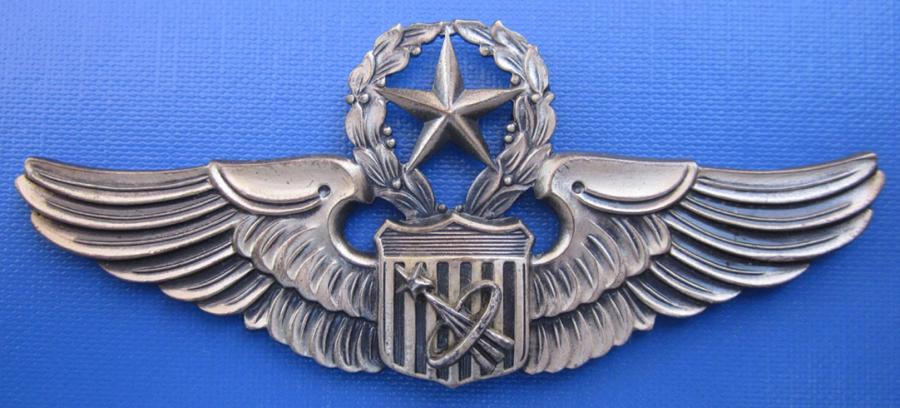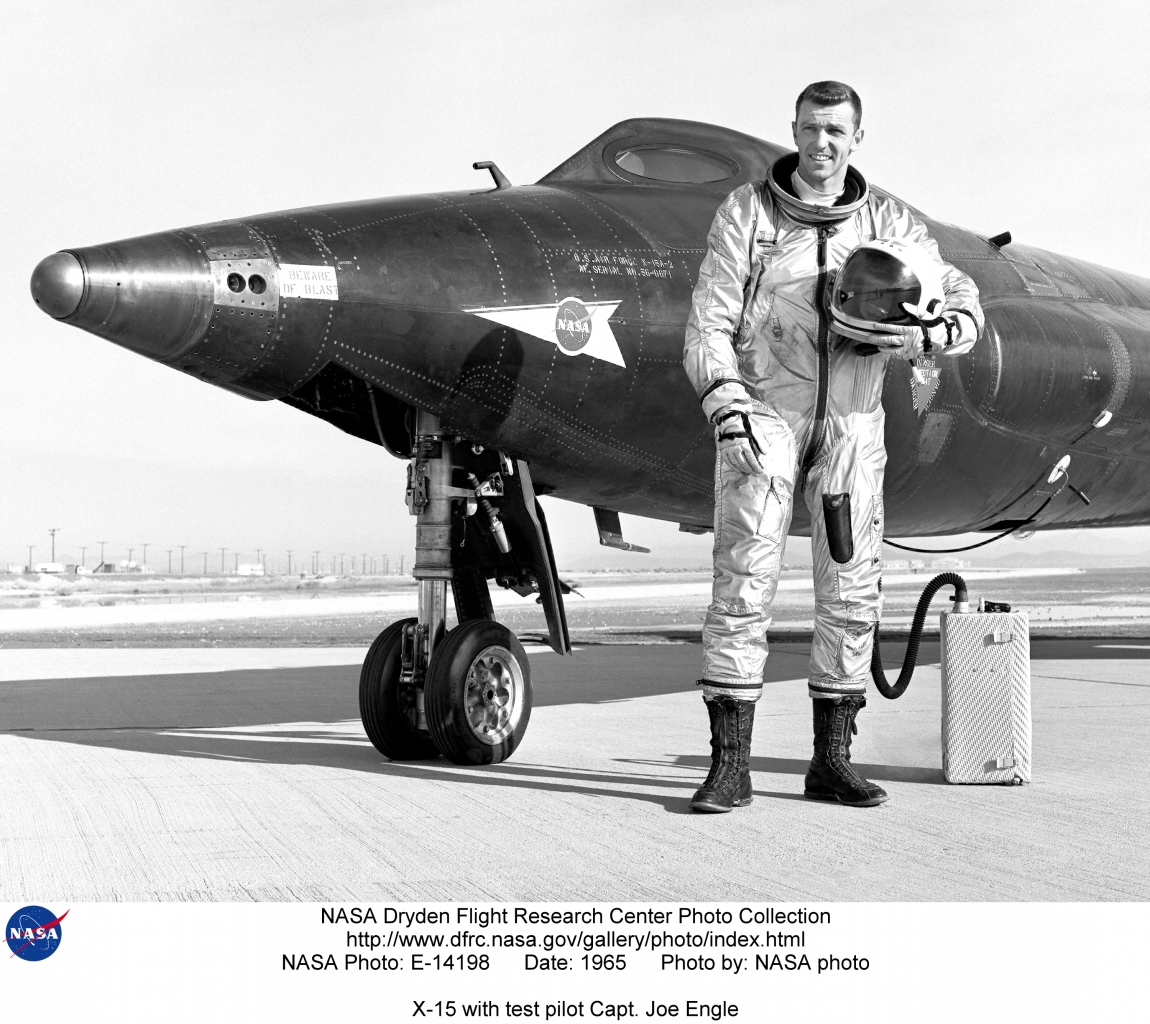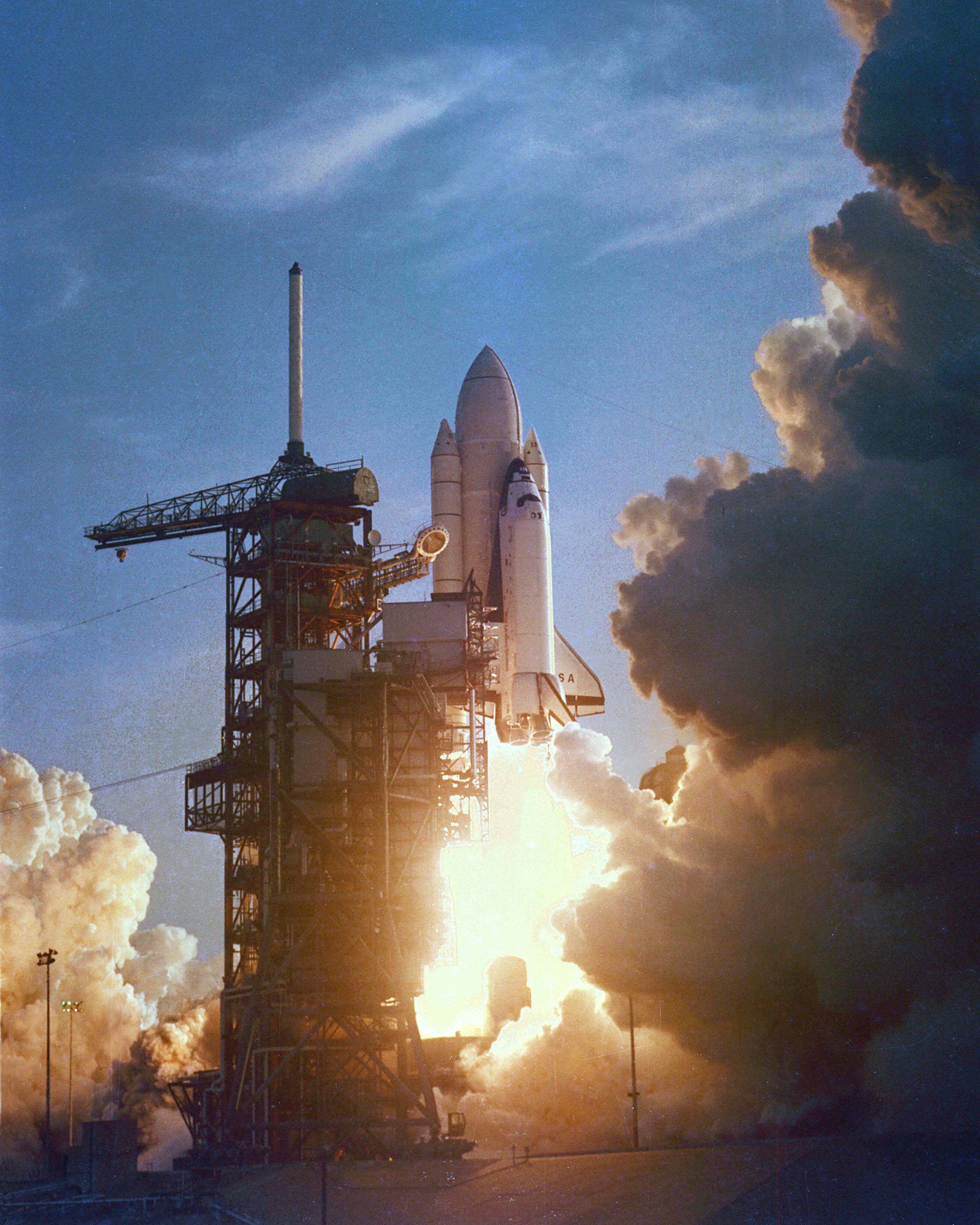
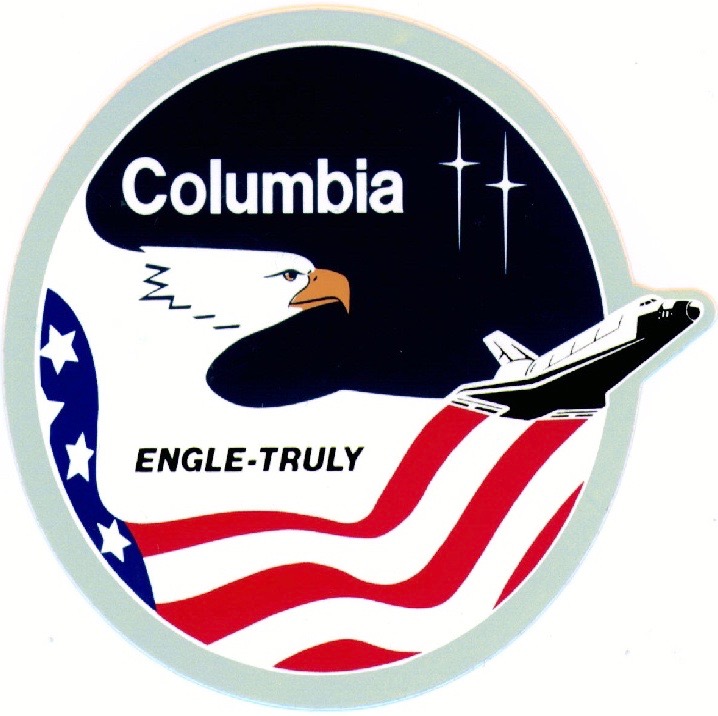 12 November 1981, 15:09:59 UTC, T minus Zero: At 10:09:59 a.m., Eastern Standard Time, Space Shuttle Columbia (OV-102) lifted of from Launch Complex 39A at the Kennedy Space Center, Cape Canaveral, Florida.
12 November 1981, 15:09:59 UTC, T minus Zero: At 10:09:59 a.m., Eastern Standard Time, Space Shuttle Columbia (OV-102) lifted of from Launch Complex 39A at the Kennedy Space Center, Cape Canaveral, Florida.
On board were two NASA astronauts, Colonel Joe Henry Engle,¹ United States Air Force, the mission commander, and Captain Richard Harrison Truly, United States Navy, shuttle pilot.
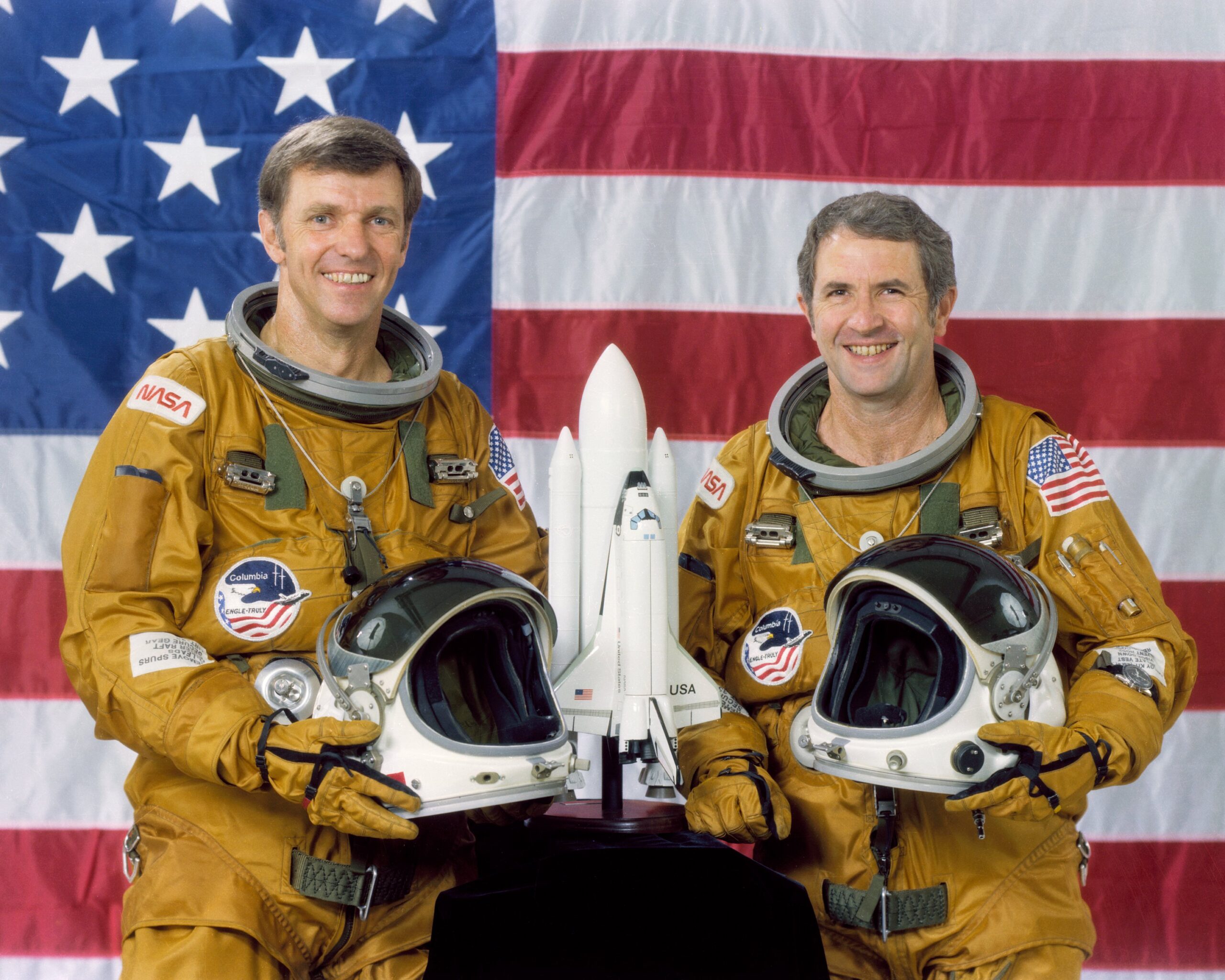
This was the very first time that a manned spacecraft had returned to space on a second mission.
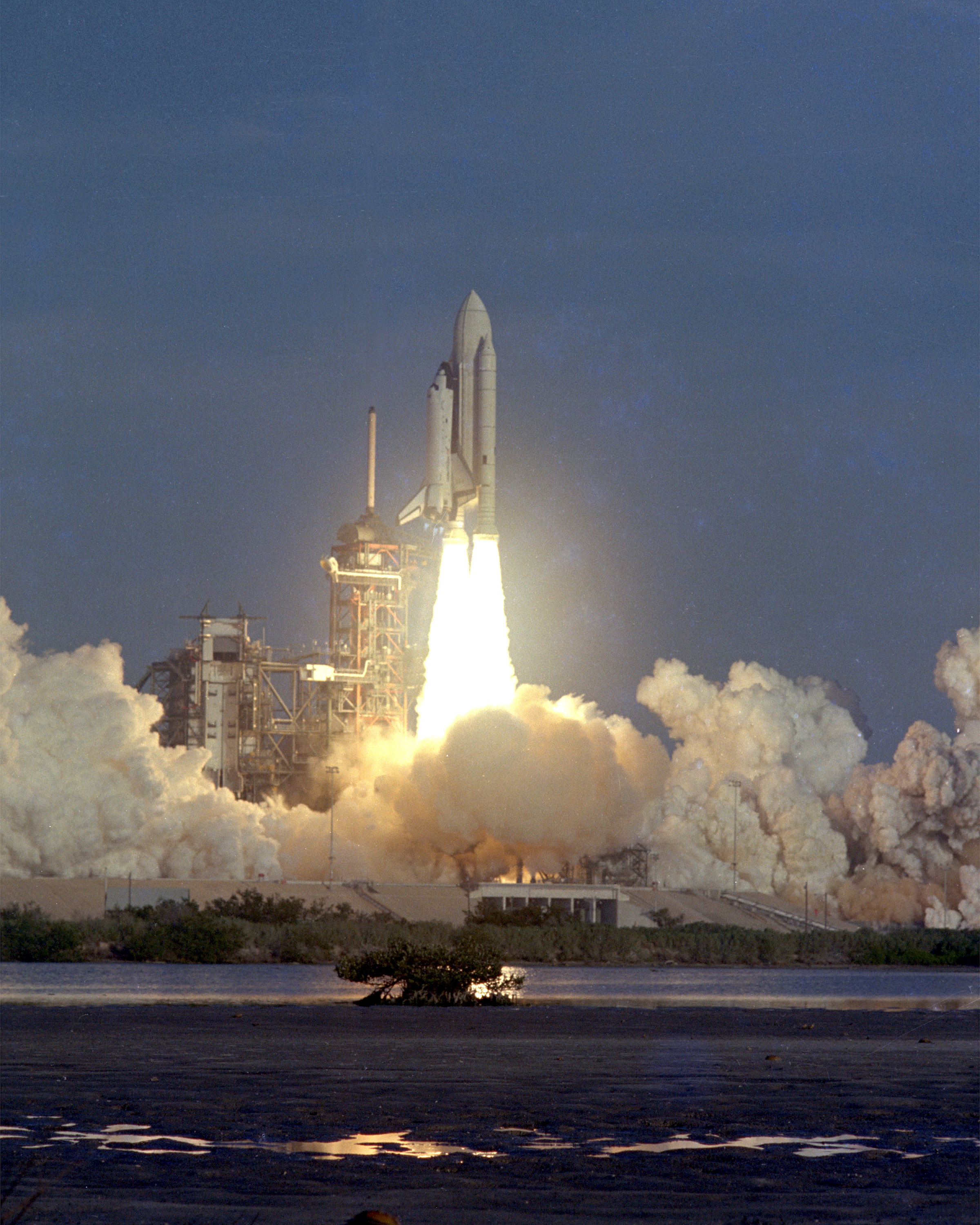
Columbia entered a Low Earth Orbit at an altitude of 157 nautical miles (181 statute miles/291 kilometers).
At liftoff the vehicle weighed 2,030,250 kilograms (4,475,943 pounds).
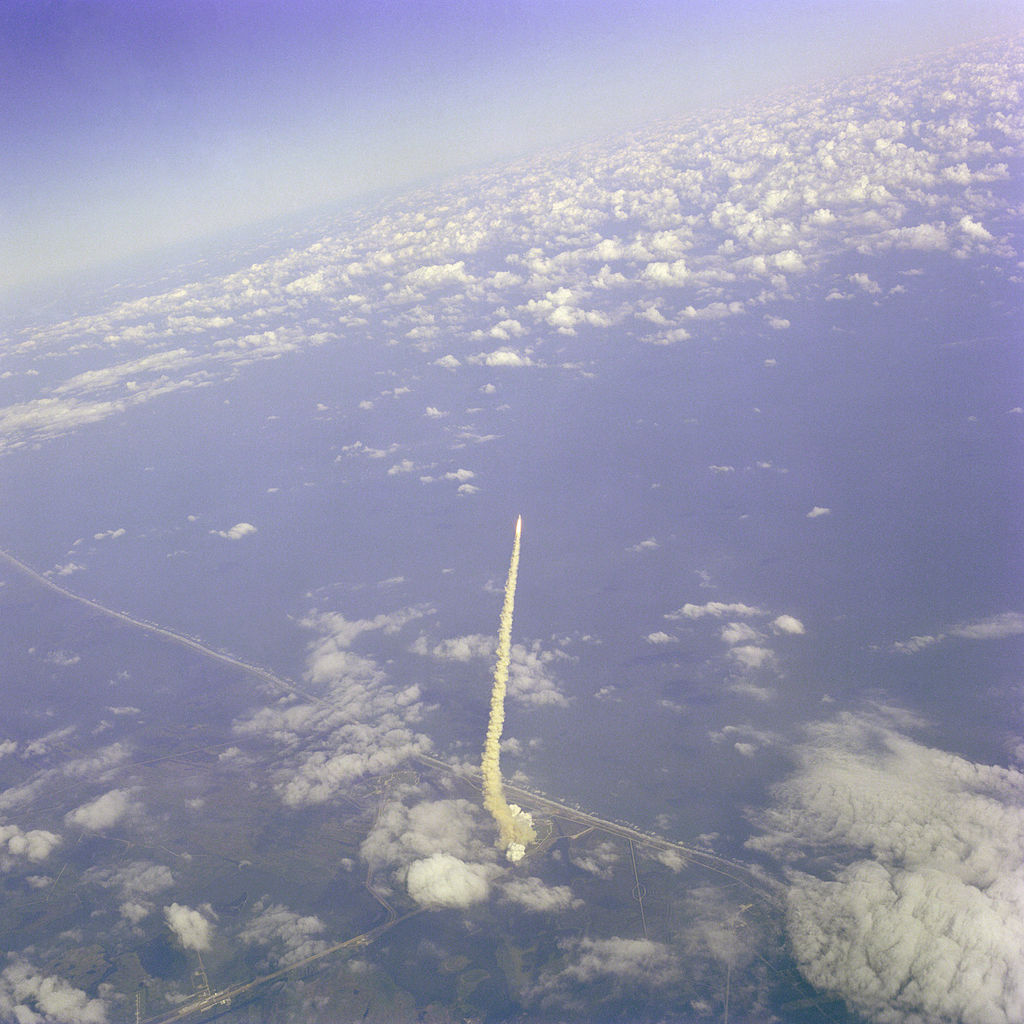
STS-2 was planned as a five-day mission. In addition to continued testing of the orbital vehicle, on this flight the Remote Manipulator System (the “robot arm”) would be operated for the first time in space. A number of other experiments were carried in the cargo bay. However, when one of the three fuel cells producing electrical power and water failed, the mission was cut short.
Columbia landed on Rogers Dry Lake at Edwards Air Force Base, California, at 1:23 p.m. PST, 14 November 1981. The shuttle completed 37 orbits. The total duration of the flight was 2 days, 6 hours, 13 minutes, 13 seconds.
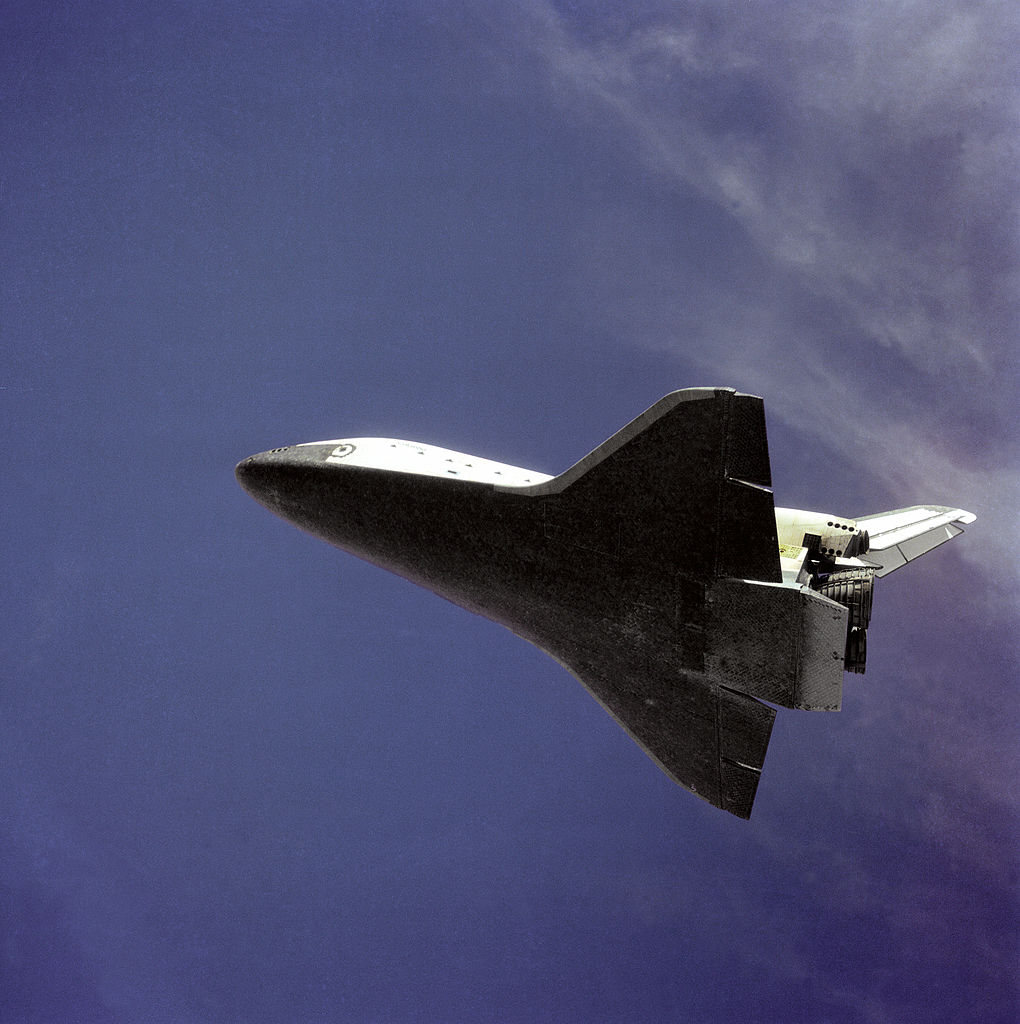
¹ Joe Engle qualified as an astronaut during the X-15 Program, when he flew the # 3 rocketpane, 56-6672, to 280,600 feet (85,527 meters), 29 June 1965, and he is the only person to have done so prior to entering NASA’s manned space flight program.
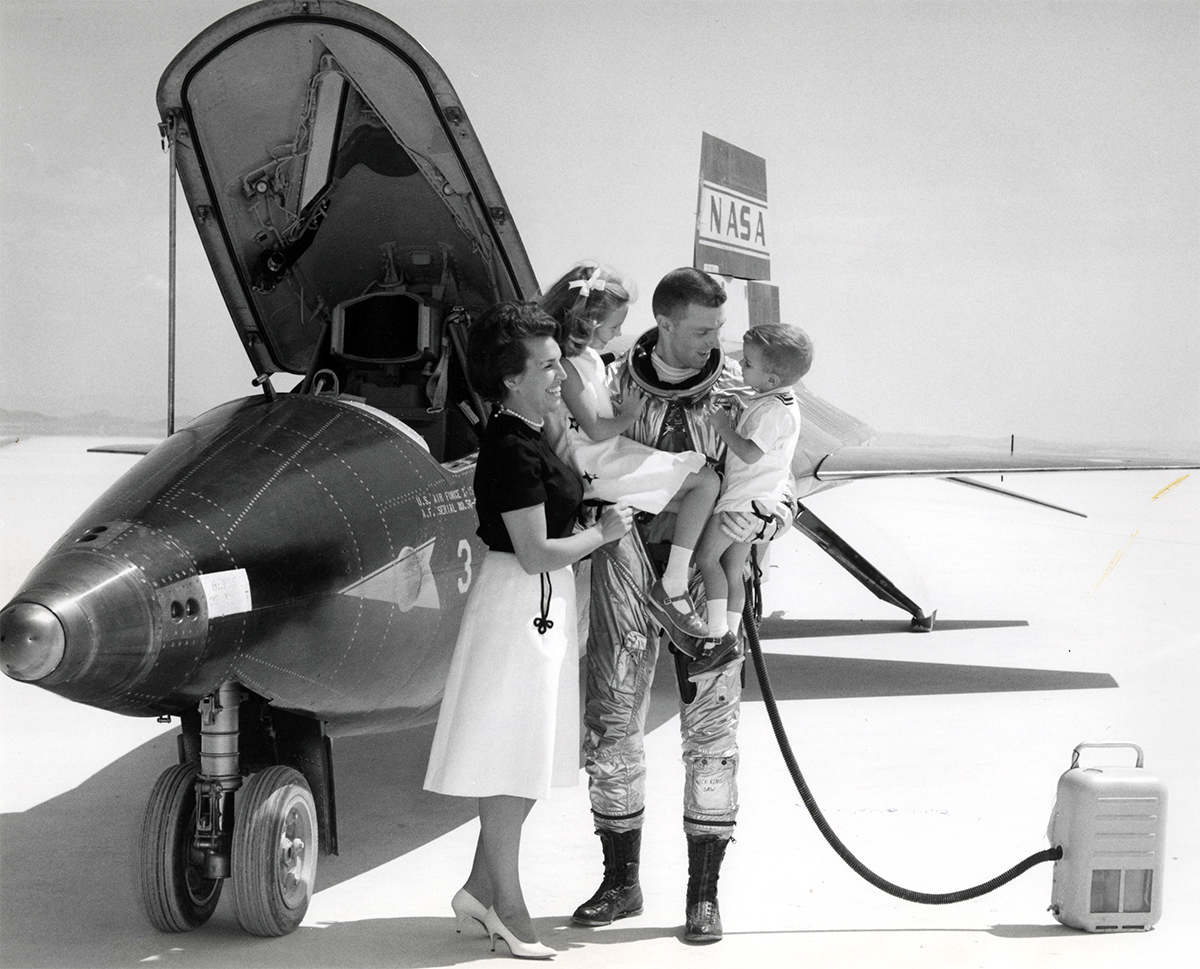
© 2018, Bryan R. Swopes
